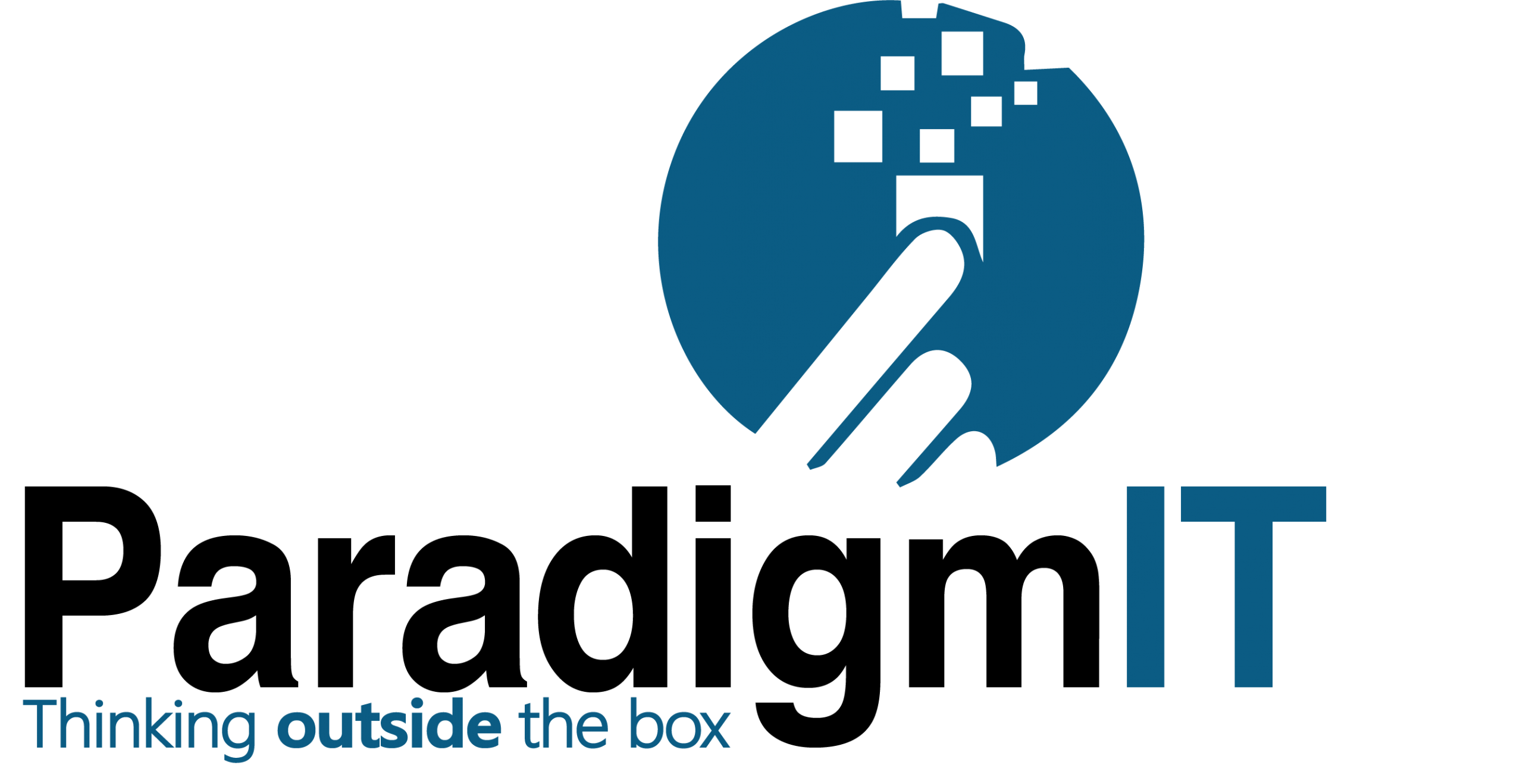The truth is that these days you can access your email on just about any device.
Most email accounts can be accessed via the web, on a desktop using an email client such as Outlook, on an iPhone or a Samsung, and any other smartphone using an appropriate app. All you need to know is your username and your password, and most email providers provide FAQ’s on how to set it up on any of the available devices if more settings are needed.
As long as it is set as an IMAP account then it means then whether you are looking your mailbox on your iPhone or on your laptop you will be able to see all the emails you have received and sent, and those that you’ve filed into folders.
IMAP allows you to synchronise your email between multiple devices. Why is this important? Because most people now have at least two devices – their laptop or desktop, and their smartphone.
What we don’t tend to consider is being able to access your contacts from any of the devices.
What happens when you want to access your contacts list from your desktop computer?
Example:
You’ve been using a Gmail account and are now moving to your new business email account. You still want to access your old Gmail account and all of your contacts that are attached to that account.
You can use the Gmail app to access other email accounts, and to send email from them, and because you’re using the app you can access the contacts stored in the Gmail account. All great, but it does not sync your email because you have to connect the non-Gmail accounts as POP3 accounts, and POP3 simply downloads the email to your device, it doesn’t sync any changes back to the mail server.
The result:
- Access to email – YES
- Access to contacts – YES
- Changes synced to any device – NO
Most of the places that store contacts—Google, iCloud, Outlook—let you import and export them, so there is the option of piecing together a master list from all of your different devices.
At present iCloud and Outlook do come close without using a third party app.
I use mainly Apple devices, I store my contacts using iCloud and away from my iPhone and iPad I use Outlook to manage my multiple email addresses. If I was using Windows on my laptop, then I could use iCloud for Windows to access my iCloud contacts and calendar in Outlook. Strangely, because I use Outlook 2016 for a Mac I can’t do the same thing. Why? “Outlook 2016 for Mac currently doesn’t support the CalDAV or CardDAV internet standards. This means that it’s not possible to synchronise your iCloud Calendar or contacts with Outlook 2016 for Mac.”
What about the contacts you have stored in Facebook or on Twitter, or in LinkedIn?
The key thing here is to plan.
Think about what email accounts you need to access, how you need to access them, and how you will need to access your contacts. Then right at the start put in the time to export contacts from your various sources to create one big master list, which you then import into your chosen program. Most of the sources will let you export as a .CSV file so it’s not a case of manually creating that import file.
There are apps that do a lot of the hard work for you, and offer some level of cross-platform syncing to keep everything in order. It’s fair to say that with a little more development using one of these apps may be the way to go. For example Full Contact was launched in February 2016. It allows you to “control your social, email, and mobile contacts from one dashboard”, and is free for up to 5,000 contacts and has a two-way sync between Google, Exchange/Office 365 or iCloud. With apps for iOS, Android, the Web and Gmail, though no desktop app. Also check out Zoho, it also links in tasks and notes.
As I’ve said, the main thing here is to plan.
Good luck! And remember, the time spent at this stage is an investment in what will be a successful business.
Glossary

